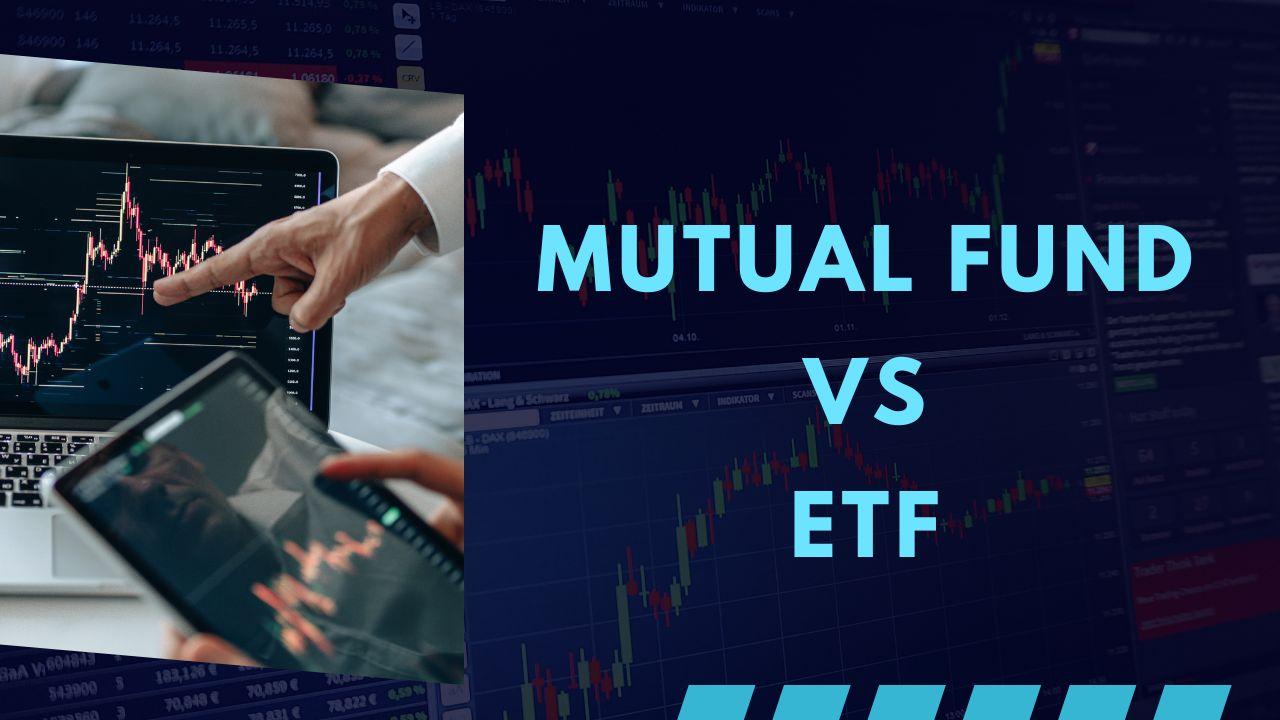Mutual Fund Expense Ratio
Every good or service you purchase or use has a cost. Mutual funds are the same. Different types of mutual funds are provided to us by Asset Management Companies (AMC) or Fund Houses, and each fund is managed by a professional. The management of the fund and its operational costs requires a lot of behind-the-scenes effort, which is expensive. The mutual fund expense ratio is the name given to this fee, which is distributed to investors as a proportion of the value of your investment.
What is a mutual fund Expense Ratio?
The expense ratio is a percentage used to indicate how much you are forking over to the AMC to manage your investments. In other words, it represents the expense per unit incurred to operate and manage the mutual fund. Expense ratios vary among mutual funds. This expense ratio is determined as a percentage of the daily investment value; you do not pay for it separately.
For example, if you invest Rs 5000 in a mutual fund with a 2% expense ratio, each day’s investment value will be reduced by (2%/365=0.0054%). The expenditure ratio is assessed daily, ensuring that you only pay for the time you remain invested. However, this spending ratio deduction is reducing your returns by a very small amount every day. As a result, a mutual fund scheme with a lower expense ratio is better for you since it deducts less money from your returns. You can calculate return by Mutual Fund Return Calculator.
The formula for Expense Ratio
Expense Ratio= (Total costs that are borne by mutual fund)/(Average assets under management)
Total expenses for the fund are equal to those incurred by the AMC, such as fund manager fees, marketing and distribution charges, and legal and audit fees. The sum of all investors’ investment in that fund is equal to the average assets under management.
Components of Expense Ratio
A mutual fund expense ratio may include a variety of expenses, including:
Fund Manager’s Fee: Every mutual fund has an investment goal, and the fund manager’s choices determine whether or not these goals are achieved. The fund manager’s salary is included in the cost ratio for these actively managed mutual funds. This portion of the mutual fund expense ratio is significantly lower for passively managed funds than for actively managed ones because the former do not require an active portfolio manager.
Legal/Audit Fees: Since mutual funds are supervised by the Securities and Exchange Board of India, they must constantly seek legal advice and have their procedures, plans, and other operations audited in order to comply with all rules and laws. The expense ratio also includes any fees for audits, registration and transfers, legal checks, etc.
Marketing/Distribution fee: The expense ratio includes the expenditures related to marketing and distribution of the mutual fund, as well as the costs of raising awareness of it and distributing it through mutual fund distributors. When investing in a regular fund, there are fees for brokers like the distributors, so the cost component for intermediaries is higher for regular funds and lower for direct funds. The brokerage fee is another name for this charge. As a result, investing in direct funds will be less expensive than investing in ordinary funds.
Importance of Mutual Fund Expense Ratio
Now that you are aware of what the expense ratio means, let’s discuss its significance for your mutual fund journey.
From the aforementioned examples, it is clear that your returns will decrease as your spending ratio rises. However, a greater expense ratio does not necessarily mean the mutual fund is superior. It is possible for a fund with a lower expense ratio to be just as capable of generating superior returns.
A regular fund has a greater expense ratio than a direct fund. This is due to the fact that ordinary mutual funds are distributed by mutual fund distributors, as compared to direct funds. As a result, the commission paid to the distributor is included in the expenditure ratio. This commission can eventually cause your returns to drop drastically.
The expense ratio might help you choose which mutual fund to invest in if you are comparing two that are identical. For instance, fund A will obviously be your option if you are comparing two large-cap equities funds A and B with identical holdings, comparable investment goals, and expense ratios of 2.5% and 3%, respectively.
Due to the relatively lower returns, the expenditure ratio has a greater influence on debt funds. With a 3% expense ratio, a return of 10% will drop to 7%, which is insufficient to outperform inflation.
Things to Remember about Expense Ratio
Now that you are familiar with what an expense ratio is and how it affects returns, here are some things to keep in mind:
- The amount you must pay the AMC to manage the fund is known as the expense ratio.
- Although a lower expense ratio is always preferable, be sure your investment goals match those of the mutual fund. Don’t just pick the options with the lowest expense ratio.
- Regular plans have a higher expense ratio than direct plans, while actively managed funds have a higher expense ratio than passively managed ones.
- Due to the comparatively low returns of debt funds, it has a greater influence on them. Returns that have the expense ratio subtracted from them may not be able to outperform inflation.
- The expense ratio can be used to compare mutual funds.
- It is daily subtracted from your investment amount; the AMC is not charged separately.
- Given that there are more participants in a fund with a higher AUM than one with a lower AUM, it is more likely that it will have a lower expense ratio.
Also Read – Mutual Fund Vs Etf
Also Read – Mutual Fund Return Calculator



